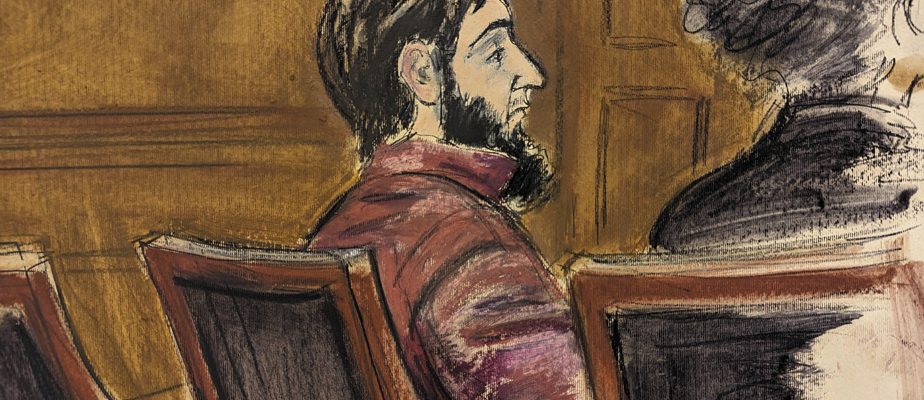(New York) Sayfullo Saipov, a 35-year-old Uzbek who killed eight people in 2017 in New York claiming to be from the Islamic State (IS) group, was sentenced on Monday to life in prison, thus escaping the death penalty demanded by the Department of Justice.
After several days of deliberation, the 12-person jury told Manhattan federal court that they had not reached a unanimous decision on the death penalty, as required by law, the prosecution told the AFP.
As a result, the defendant was sentenced to life in prison without the possibility of parole, which was the only other option for the jury.
A death sentence could not have been carried out at the present time, the American Department of Justice having decided in 2021 on a moratorium on federal executions.
But the ministry’s position in this case had disappointed human rights associations, who had seen it as a denial of Joe Biden’s campaign commitment to abolish capital punishment at the federal level.
On October 31, 2017, the day of Halloween, Sayfullo Saipov, who has lived in the United States since 2010, drove a pickup into passers-by on a bike path on the banks of the Hudson River in Manhattan. The attack left eight dead, including five Argentinians visiting New York, and a Belgian, as well as many injured, the highest toll for an attack in the city since the attacks of September 11, 2001.
The man claimed responsibility for his act in the name of IS, a year after the attack carried out by a Tunisian on board a truck in Nice, which left 86 dead and more than 400 injured on July 14, the day of the French National Day.
On January 26, Sayfullo Saipov was found guilty of aggravated murder and “supporting a terrorist group” by a jury in Manhattan federal court.
The same jury of twelve people had met from February 13 for a second trial on the sentence.
During the hearings, relatives of the deceased victims or of the injured who have suffered from the aftermath of the attack gave testimony that was often moving and harrowing.
